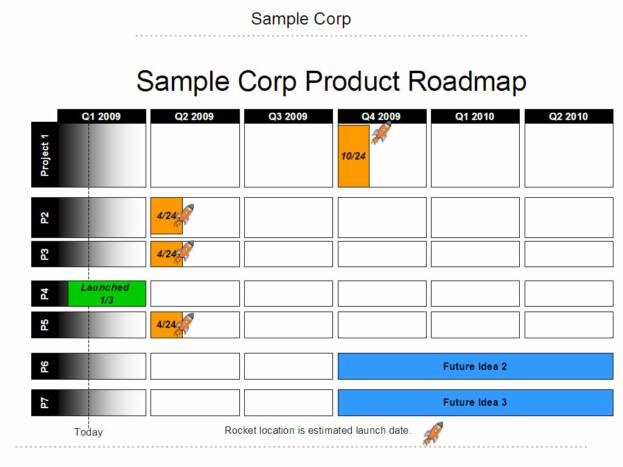Product - Number 1 of the 4 P's in Marketing
Here is a detailed overview of the product segment within the marketing mix. The perspective from a customer-centric point of view is in parenthesis:
Product (Customer Value). This is what the company actually sells, or a service it provides. It may even be ideas or intellectual property like images, patents or copyrights. The first step is the design of the product.
Before a new product is developed, it needs to go through a product-development process. It starts off with the idea itself, then the concept, followed by a prototype, which is then product tested, market tested, and finally launched. Research and Development or R&D, sometimes also considered hardware and software engineering, would be involved with the technical aspects of developing and building the product. R&D will either develop new products, or improve existing products.
Once the product has been “created” by the engineering and/or R&D team, marketing would then determine how to get it out to the marketplace.
Some factors to consider is whether the product is a non-durable good that is usually consumed quickly, durable good that can be used many times, or a customer benefiting non-tangible service. There are also decisions to be made on whether it is a consumer or industrial good. A consumer good can be, a convenience good when the customer does little comparing, a shopping good when the customer will most likely compare, or a unique specialty good. An industrial good can be materials and parts for products to be produced, capital items like equipment, supplies and services.
Decisions also need to be made regarding a perfectly fitting brand name, functionality, styling, add on's, apps, privileges, information, quality, safety, packaging, warranty, accessories, repairs, service, and support. In most companies, marketing and sales play a major role with any decisions regarding the company’s products. The product should fulfill a customers needs, be easy to use, the quality matches the price, is safe to use, and whether it is a good fit with the rest of the company’s business. These can be tangible items like a physical product, or intangible items like services offered.
Customers need to be convinced, and have a perception, of the value they are receiving with the product. This is usually measured by how much benefit they feel they are getting for their money. Marketing starts off by identifying the benefits of the product, which are then pitched through features such as a convenient size, special technology, or how the product solves problems. The goal is to always try to find something that adds value.
These ideas and/or improvements are carefully determined not only with marketing, but with engineering, R&D, sales and senior management. It is very important to determine whether the feature truly benefits the customer. For example, a feature such as a car engine with 350 horsepower would not benefit your customer base that is primarily looking for an economic vehicle. A feature that does not deliver a benefit is useless from a marketing point of view. You must always think in terms of the customer.
If your company is a manufacturer of the product, you need to know:
- How is it going to be produced?
- What materials and labor are needed?
- What R&D has been conducted and what is expected in the future?
- Is there a good Q/A or Quality Assurance test plan ?
If your company is providing a service, you need to know:
- What services do you offer?
- How do they work?
- What kind of skilled labor is needed?
- What materials and equipment is needed?
- What are the steps involved with providing this service?
When it comes down to it, marketing needs to know everything there is to know about the company’s products and/or services, and find all the benefits to be able to best market it.







